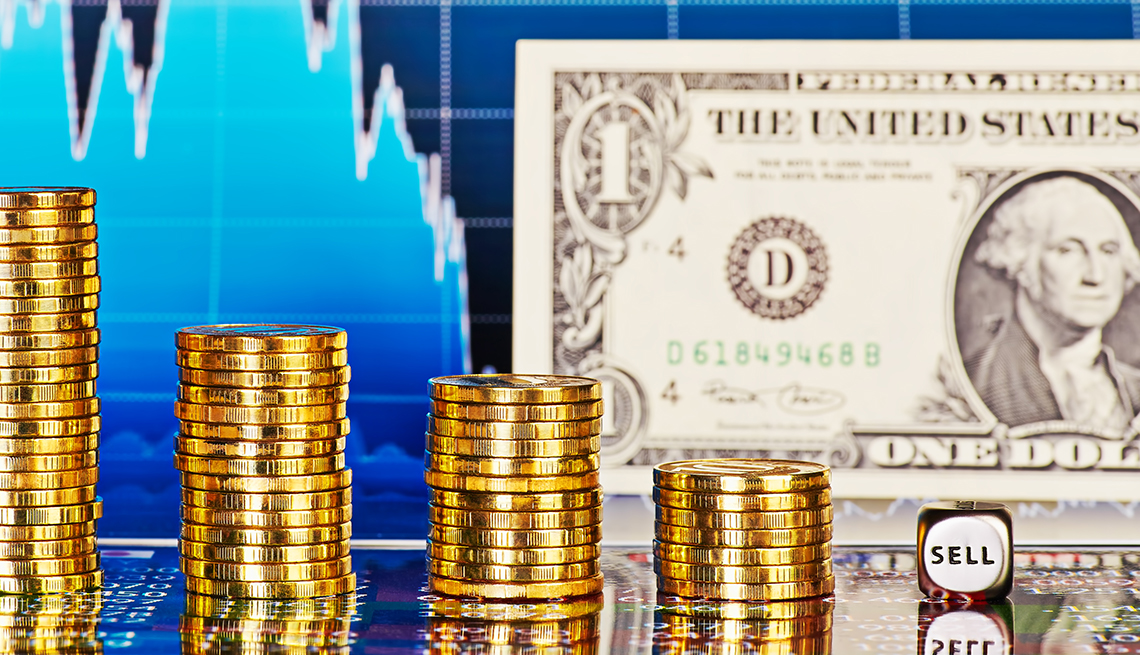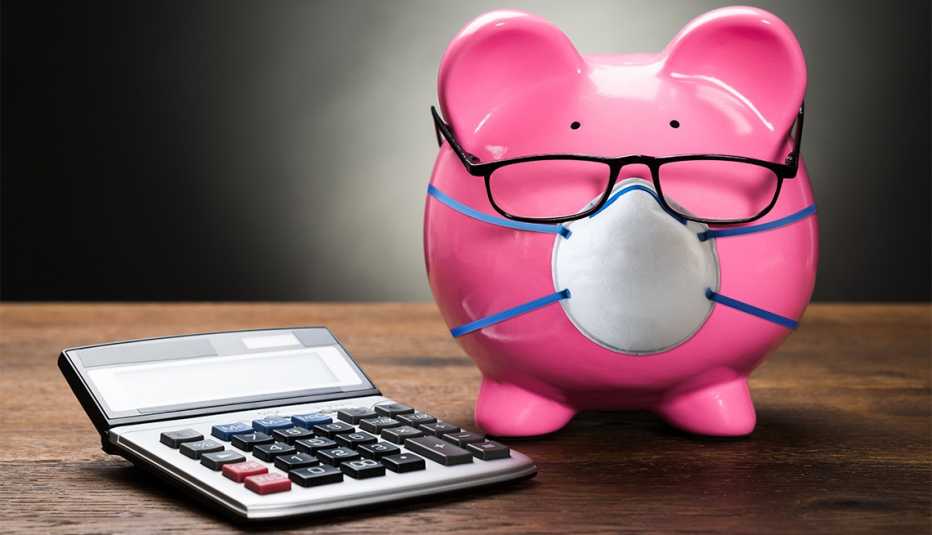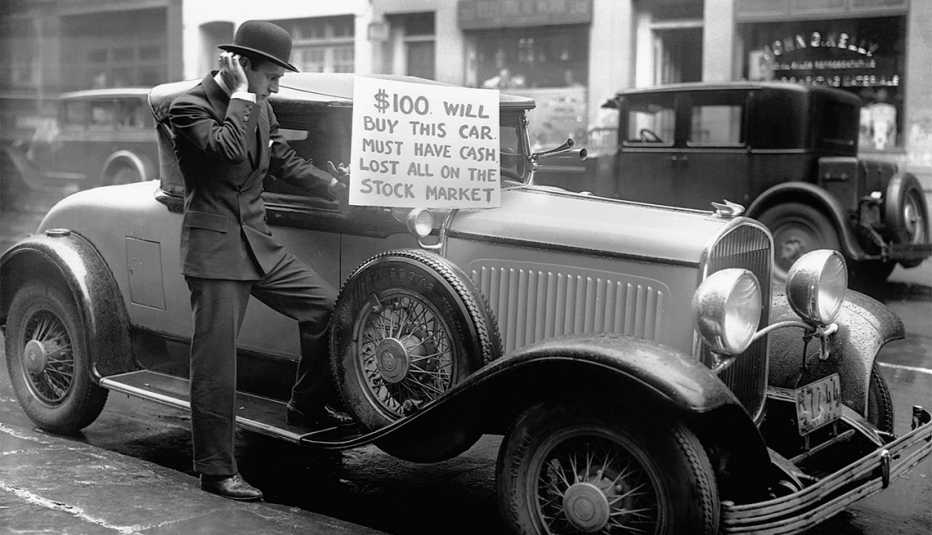Staying Fit
If you were terrified in March but didn't do anything, you have a chance to do something now.
You had good reason to be worried then. As of March 23, the Wilshire 5000 total market index — a much broader measure of the U.S. stock market than the Dow Jones industrial average — had lost 34.8 percent in just 33 days. The loss came far faster than either the 2000–2002 tech wreck or the 2007–2009 financial collapse — in fact, it was the fastest bear market in history.
While I have no clue of future stock performance, I do know that the excruciating pain will return and you'll kick yourself if stocks plunge back to those levels or lower. So now is the time to consider taking some risk off the table. Here's how you should decide whether to do so — and, if you do, what to do with that cash from any stock sales.


AARP Membership— $12 for your first year when you sign up for Automatic Renewal
Get instant access to members-only products and hundreds of discounts, a free second membership, and a subscription to AARP the Magazine.
What goes down…
Despite the COVID-19 crisis worsening, with U.S. cases exceeding 1.7 million, tragic deaths in the U.S. going well over the 100,000 mark, and unemployment surging to unimaginable levels, the stock market fooled us (as it always seems to do) by gaining 35.9 percent from March 23 through May 26. In fact, U.S. stocks are down only 6.8 percent for the year — and up 6.4 percent from 12 months ago.
As I said back in early April, "No bear market should go wasted." Begin by pulling out your March statement and looking at those losses. Try to remember how horrible it felt. It really wasn't that long ago, and the feeling should be pretty fresh in your mind. Ask yourself how you'd feel if it happened again, remembering that the market would be unlikely to recover so quickly next time.
Next, assess how much money you need to fund your lifestyle in addition to what Social Security will provide. If you don't need much more, then consider taking some risk off the table and lighten up a bit on stocks.



































































